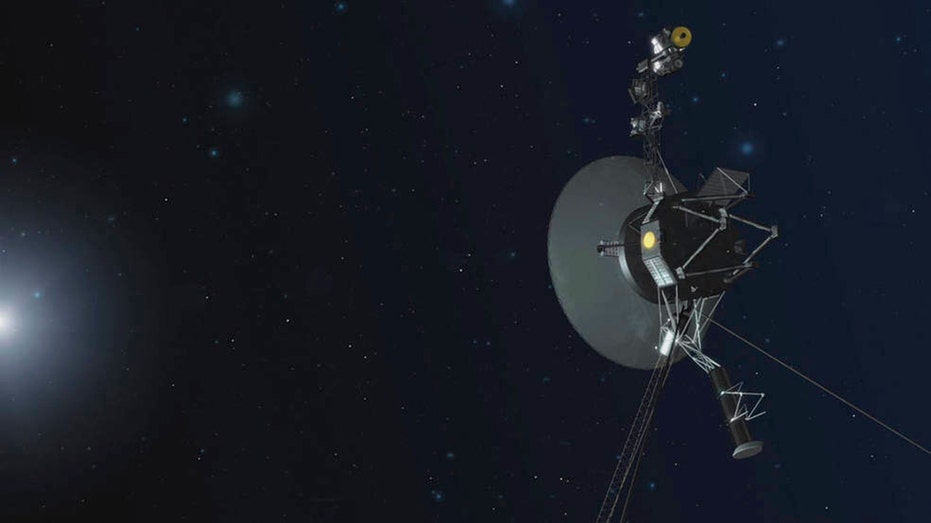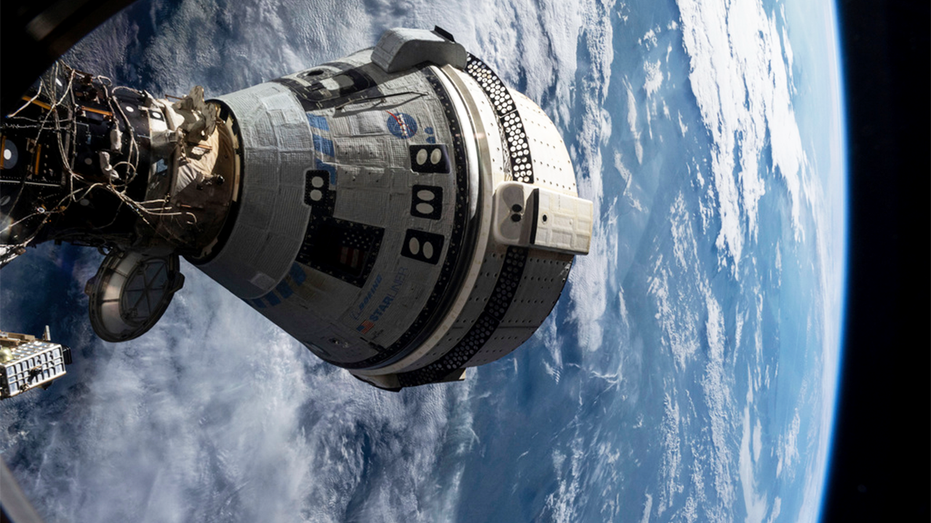'Space coast' congressman sets bold goal for American moon missions
The Space Coast’s new congressman wants the U.S. to set bold goals for exploration beyond our Earth, believing the country’s potential will take Americans sky-high – literally.
"We need to do everything we can to make sure it's safe, but it's done in a way that removes some of the superfluous red tape so that we can get out there, compete and beat China and beat any other nation," Rep. Mike Haridopolos, R-Fla., told Fox News Digital in an interview.
"Because the moon and beyond is not a cliché from a Disney movie. It is the future."
Haridopolos said he would "love" to see the U.S. return to the moon in the next four years of the Trump administration. The Florida Republican was careful not to speak in absolutes, noting, "We can’t guarantee anything," but credited billionaires like Elon Musk and Jeff Bezos with revitalizing the science and space sector to make such conversations possible.
JOHNSON BLASTS DEM ACCUSATIONS HE VOWED TO END OBAMACARE AS 'DISHONEST'
"It's a stepping stone," he said. "For example, as we're starting to move towards [nuclear power], with the need for more and more energy here in the United States…There's particles that are on the moon that they would bring back because they're very scarce here in America [and] around the world."
Helium-3 is a highly coveted resource found on the moon known to be key in nuclear fusion processes.
"From that point, you settle the moon, and then you go on to Mars, which has been, of course, Elon Musk's vision," Haridopolos said. "When he thought of things like SpaceX, it was, how do I get to Mars? And then how do you pay to get to Mars? That was the inspiration behind a lot of the new technologies he helped create. And now he's got a fellow zillionaire in Jeff Bezos dreaming of the same type of things. It's really exciting"
DANIEL PENNY TO BE TAPPED FOR CONGRESSIONAL GOLD MEDAL BY HOUSE GOP LAWMAKER
In Congress, the first-term lawmaker represents part of the country that’s famous for being home to NASA’s Kennedy Space Center and Cape Canaveral Space Force Station.
The Space Coast broke its all-time annual record with 93 orbital launches last year, according to Florida Today.
Just this week it’s scheduled to host launches by both Musk’s SpaceX Falcon 9 and Bezos’ Blue Origin rocket.
He lauded both President-elect Trump’s vision for space as well as new House Space Science and Technology Chairman Brian Babin, R-Texas.
NASA'S MARTIAN HELICOPTER PROMISES UNPRECEDENTED VIEWS OF THE RED PLANET
"Donald Trump has proven day-one and officially in 2019 that he loves space," he said, referring to Trump’s creation of the Space Force.
He suggested that the U.S. approach to the final frontier may not be dissimilar to the optimism and pride seen in 1969, when Americans landed a team of astronauts on the moon.
"It was an inspiration for my parents’ generation," Haridopolos said. "Now, of course, Elon Musk gave us this whole new vision of landing potentially, in our lifetime, on Mars. It's remarkable. And so the president said this is the future."




